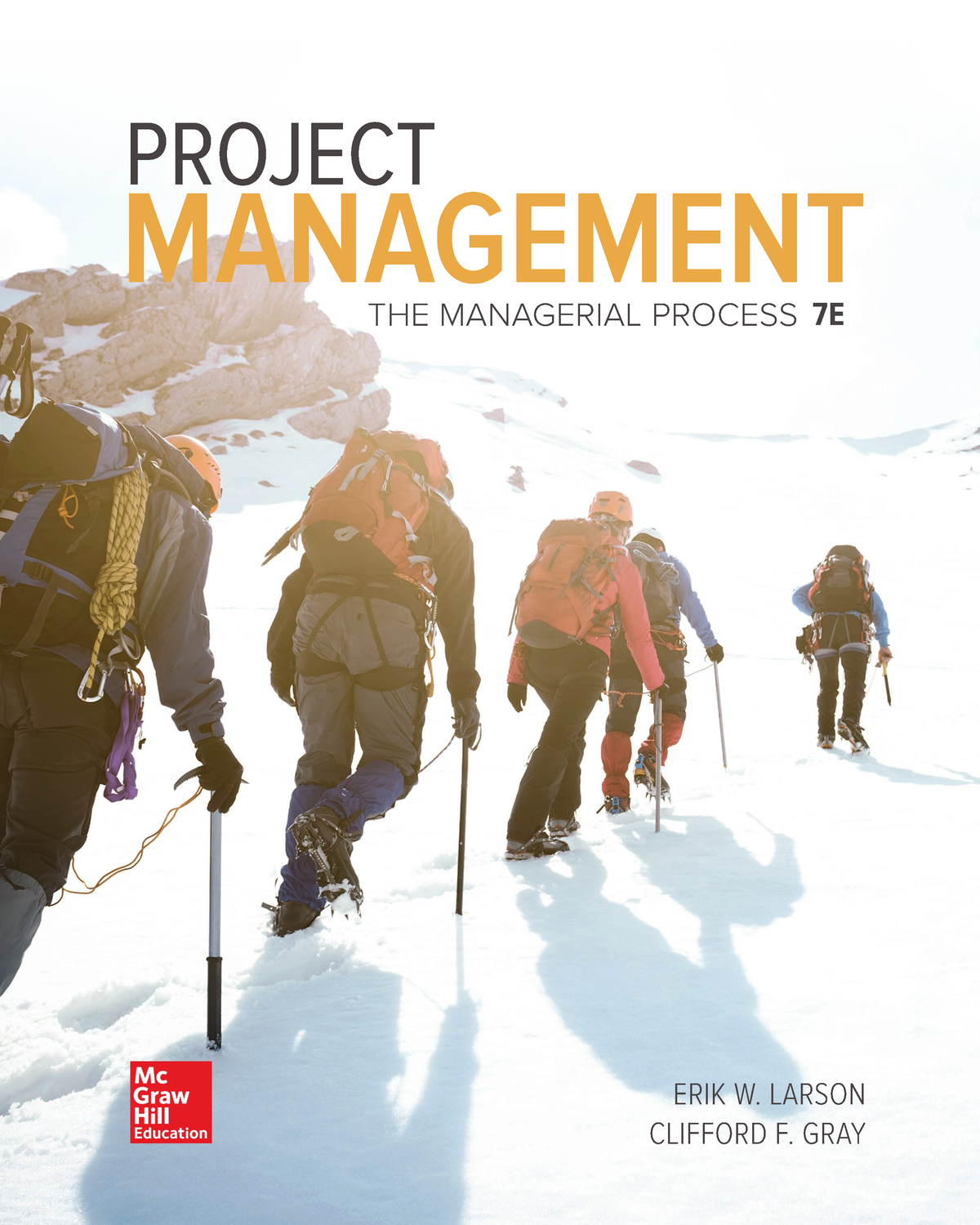Chapter 11
Managing Project Teams
Outline
1. The Five-Stage Team Development Model
2. Situational Factors Affecting Team Development
3. Building High-Performance Project Teams
A. Recruiting Project Members
B. Conducting Project Meetings
i. The First Project Team Meeting
ii. Establishing Ground Rules
iii. Planning Decisions
iv. Tracking Decisions
v. Managing Change Decisions
vi. Relationship Decisions
C. Establishing Team Norms
i. Managing Subsequent Project Meetings
D. Establishing a Team Identity
E. Creating a Shared Vision
F. Managing Project Reward Systems
F. Orchestrating the Decision-Making Process
i. Facilitating Group Decision Making
G. Managing Conflict within the Project
i. Encouraging Functional Conflict
ii. Managing Dysfunctional Conflict
H. Rejuvenating the Project Team
4. Managing Virtual Project Teams
5. Project Team Pitfalls
A. Groupthink
B. Bureaucratic Bypass Syndrome
C. Team Spirit Becomes Team Infatuation
D. Going Native
6. Summary
7. Key Terms
8. Review Questions
9. Exercises
10. Case 11.1:Kerzner Office Equipment
11. Case 11.2:Ajax Project
12. Case 11.3:Franklin Equipment, Ltd.
Chapter Learning Objectives
After reading this chapter you should be able to:
LO 11-1 Identify key characteristics of a high-performance project team.
LO 11-2 Distinguish the different stages of team development.
LO 11-3 Understand the impact situational factors have on project team development.
LO 11-4 Identify strategies for developing a high-performance project team.
LO 11-5 Distinguish functional conflict from dysfunctional conflict and describe strategies for encouraging functional conflict and discouraging dysfunctional conflict.
LO 11-6 Understand the challenges of managing virtual project teams.
LO 11-7 Recognize the different pitfalls that can occur in a project team.













Reviews
There are no reviews yet.